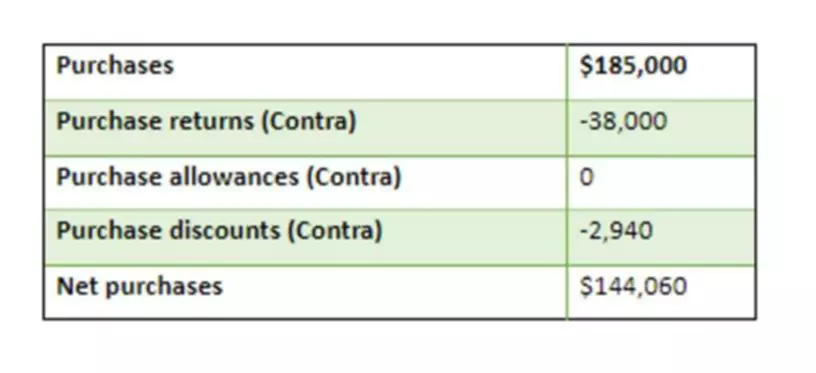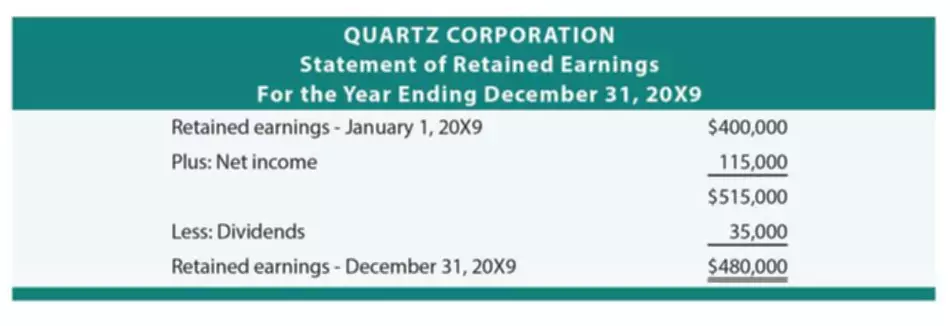Content

Double-entry bookkeeping, also known as double-entry accounting, is a method of bookkeeping that relies on a two-sided accounting entry to maintain financial information. Every entry to an account requires a corresponding and opposite entry to a different account. The double-entry system has two equal and corresponding sides known as debit and credit.
Stock is in assets, while trade payable is in liabilities, so the equation remains equal. This is reflected in the books by debiting inventory and crediting accounts payable. For example, a copywriter buys a new laptop computer for her business for $1,000. She credits her technology expense account for $1,000 and debits her cash account for $1,000. This is because her technology expense assets are now worth $1000 more and she has $1000 less in cash. Another example might be the purchase of a new computer for $1,000.
Debits: Left Side
If the transactions are not recorded in two accounts, proper results are not reflected. This transaction involves two accounts – Cash Account and Capital Account – Angel. For this transaction, asset-cash increases for $20,000 on one side, and the other side, liability increases for $20,000 as capital, which is the claim of the owner. In the same way, Account 163, Factory Manufacturing equipment carries the value of these assets at historical cost—the actual cost of acquiring these assets. This value will not decrease as long as the company owns the assets. However, the asset’s book value does change downward from year to year, as the balance sheet shows. Contra Account 175, Accumulated depreciation, factory manufacturing equipment, is taken from the Account 163 value, to produce the Balance sheet result Net factory manufacturing equipment.

The double-entry system also requires that for all transactions, the amounts entered as debits must be equal to the amounts entered as credits. A double entry accounting system refers to the bookkeeping method where two entries are made simultaneously into two different accounts, indicating a firm’s cash inflow and outflow. The purpose is to tally both the accounts and balance the credit and the debit side.
Double entry accounting definition
This period saw, for instance, rising levels of international shipping and commerce. Merchants began selling “on credit,” forming partnerships and companies, obtaining funding from private banks, and covering business investments with insurance.

Using a double-entry system requires at least some level of formal training in accounting. The user must, for instance, have a solid grasp of concepts such as debit, credit, Chart of accounts, and the two Accounting equations. By contrast, just about anyone who can double entry accounting meaning arrange numbers in a table and add and subtract, can set up and use a single-entry system. In this case, assets (+$10,000 in inventory) and liabilities (+$10,000) are both affected. Both sides of the equation increase by $10,000, and the equation remains balanced.
Double-Entry Accounting
Debits may show one type of accounting increasing while the other is decreasing. While asset accounts are increased by debits, equity accounts and liabilities are usually decreased.

In pre-modern Europe, double-entry bookkeeping had theological and cosmological connotations, recalling “both the scales of justice and the symmetry of God’s world”. Amanda Bellucco-Chatham is an editor, writer, and fact-checker with years of experience researching personal finance topics. Specialties include general financial planning, career development, lending, retirement, tax preparation, and credit. Stay updated on the latest products and services anytime anywhere. Patriot Payroll Software Review 2022 Patriot Software is a delightful, straightforward payroll title dedicated to smaller businesses with modest budgets….
The gravel driveway leads to a lower-level, two-car garage, and also winds past a cobblestone walkway leading to double entry doors topped by a half-moon window. For decades, ranching, mining and railroad workers living around Antelope entered the double entry doors to socialize and receive support when needed. Steps off the circular driveway lead up to a portico supported by thick columns and protecting an arched double entry door. Let’s assume you have a $5000 cash balance at the beginning of the first week in June. This may influence which products we review and write about , but it in no way affects our recommendations or advice, which are grounded in thousands of hours of research. Our partners cannot pay us to guarantee favorable reviews of their products or services.
- Very small, new businesses may be able to make do with single-entry bookkeeping.
- Under this approach, assets and liabilities are not formally tracked, which means that no balance sheet can be constructed.
- Unlike the double-entry method, single-entry bookkeeping requires you to make one entry per financial transaction.
- Under the double-entry system, the total assets and liabilities of a business concern are recorded properly.
- As a result, the main objective of accounting will be frustrated.
- A double entry accounting system refers to the bookkeeping process in which two entries are made simultaneously in two different accounts to ensure that the credit and debit sides tally.
Chart Of AccountsA chart of accounts lists all the general ledger accounts that an organization uses to organize its financial transactions systematically. Every account in the chart holds a number to facilitate its identification in the ledger while reading the financial statements. The double entry bookkeeping was introduced between the 13th and 14th centuries, and one of its first mentions is found in Luca Pacioli’s book, published in 1494. He was well-known as the Father of Accounting, and he explained the double entry accounting method in detail to readers. When you generate a balance sheet in double-entry bookkeeping, your liabilities and equity (net worth or “capital”) must equal assets. Thus, the asset account is increased with a debit and the liabilities account is equally increased with a credit. After the transaction is completed, both sides of the equation are in balance because an equaldebitandcreditwere recorded.
Double-entry bookkeeping produces reports that allow investors, banks, and potential buyers to get an accurate and full picture of the financial health of your https://www.bookstime.com/ business. In fact, a double-entry bookkeeping system is essential to any company with more than one employee or that has inventory, debts, or several accounts.
- Credits add money to accounts, while debits withdraw money from accounts.
- A bookkeeper makes the same entry in two places to reflect two different transaction scenarios.
- Look up any word in the dictionary offline, anytime, anywhere with the Oxford Advanced Learner’s Dictionary app.
- The change in one account is a debit , and the change in another is a credit .
- This means that you are recording revenue while also recording an asset which represents the amount that the customer now owes you.



